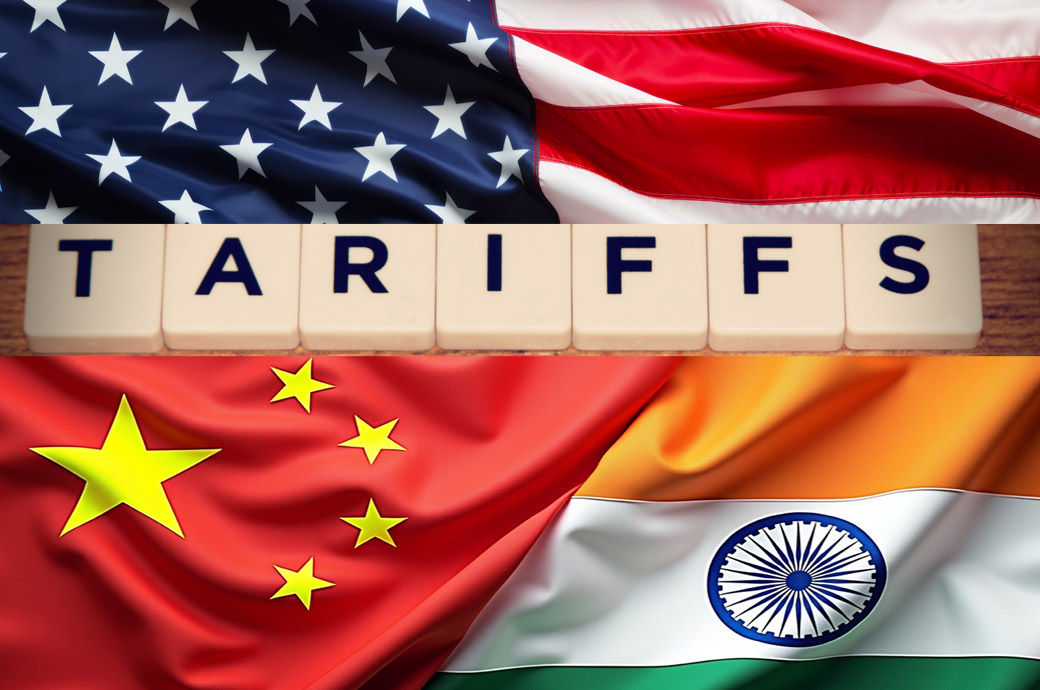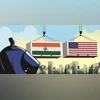U.S. Importers Shift to India Post China Tariffs—Here’s Why
The United States’ ongoing trade tensions with China, marked by a series of tariffs and policy restrictions, have reshaped global sourcing strategies. American importers are under pressure to cut costs, diversify suppliers, and protect against geopolitical shocks. In this evolving trade environment, India is rapidly emerging as a viable and increasingly preferred alternative to China.
India’s rise as a global sourcing hub is not incidental—it’s strategic. With an expanding manufacturing base, competitive labor force, favorable bilateral relations with the U.S., and robust infrastructure investments, the country now provides supply chain resilience that U.S. buyers are actively pursuing.
From Tariffs to Transformation: The Trigger
The imposition of tariffs on Chinese goods, particularly those in electronics, machinery, textiles, and industrial components, significantly raised costs for U.S. businesses. The Section 301 tariffs alone added billions of dollars in import costs. For many companies, relying on a single market became not only economically unfeasible but a risk to operational continuity.
This prompted a major rethink. Sourcing managers began looking for alternate production bases that could offer comparable scale, improved compliance transparency, and cost-effective manufacturing.
Why India Stands Out
India offers a stable, democratic, and growing market with a young and skilled workforce. Its low-cost manufacturing environment has been bolstered by government schemes like Production Linked Incentives (PLI), reducing setup and operating costs for manufacturers in sectors like electronics, pharmaceuticals, and garments.
Another major draw is India’s relatively strong intellectual property protections compared to regional alternatives. This is especially important for U.S. importers in high-tech and design-sensitive industries.
When working with a vetted bestsourcing agent India, importers gain immediate access to localized supply networks and reliable vendor databases—without the long onboarding cycles that often delay sourcing transitions.
Diverse Sourcing Capabilities
India is not a one-sector economy. From consumer electronics and textiles to auto components and industrial machinery, the nation offers a wide spectrum of products. This variety allows U.S. companies to replicate their China-based procurement model with minimal disruptions.
For example, apparel companies that once relied heavily on China for fast fashion production are now turning to Indian textile clusters in Tiruppur, Surat, and Ludhiana. These centers offer not just production capability but also vertical integration—yarn to garment under one roof.
Tech and electronics buyers are shifting to Bengaluru and Hyderabad, where manufacturers now deliver contract manufacturing services to U.S.-based startups and mid-sized firms. Through a bestsourcing agent Asia, companies can coordinate end-to-end solutions including prototyping, production scaling, and final shipment consolidation.
Competitive Advantages for U.S. Importers
-
Lower Tariff Exposure
Shifting to India helps companies bypass punitive tariffs and trade war volatility. With improved U.S.-India trade relations, importers enjoy smoother customs processing and potentially lower landed costs. -
Improved Supply Chain Transparency
Indian suppliers are increasingly adopting international compliance protocols, such as ISO certifications, REACH, and ROHS. This ensures that products meet U.S. regulatory expectations and sustainability benchmarks. -
Government Incentives
U.S. businesses that collaborate with Indian manufacturers under PLI schemes benefit indirectly through cost-sharing and subsidies received by the suppliers. -
Time-Zone and Language Alignment
With strong English proficiency and overlapping work hours, Indian vendors are easier to communicate with—critical for urgent changes or custom orders.
Role of Sourcing Agents in a Smooth Transition
Transitioning sourcing from China to India can be complex. Factory verification, quality assurance, contract negotiation, and logistics planning are critical. A bestsourcing agent India simplifies this process.
Experienced agents provide:
-
Factory audits and compliance reports
-
Vendor background checks
-
Sample collection and QC inspections
-
Customs documentation and freight coordination
Such local expertise prevents issues like miscommunication, overpricing, or compliance violations. Agents also ensure cultural and business practice alignment, which is vital in India’s diverse regulatory landscape.
Real-World Case: Furniture Retail Shift
A mid-sized U.S. furniture retailer that faced repeated shipment delays from Chinese factories in 2023 shifted its supply chain to Rajasthan and Kerala-based producers. Working with an Indian agent, they achieved faster lead times and 12% lower procurement costs within two quarters. Additionally, the absence of tariff-related price hikes helped stabilize their retail margins across the U.S. East Coast stores.
Growing Trend Among U.S. SMEs and Startups
It’s not just the large corporations. Small and medium-sized enterprises (SMEs) and U.S.-based startups are also moving toward India. These businesses are often more vulnerable to cost spikes and therefore value the affordable sourcing and payment flexibility Indian suppliers can offer.
For these businesses, using a trusted bestsourcing agent Asia levels the playing field. Agents help startups navigate complex product development cycles, ensure reliable sampling, and avoid fraudulent intermediaries.
India’s Infrastructure Catching Up
India has historically lagged behind China in logistics. But with the rollout of the Dedicated Freight Corridors, smart ports, and improved last-mile connectivity under the PM Gati Shakti plan, logistics efficiency is improving rapidly. This is boosting India’s ability to fulfill large-volume, time-sensitive U.S. orders with confidence.
What to Watch in 2025
As the world navigates more protectionist trade policies and global sourcing realigns, India will continue to benefit from its neutral diplomatic stance and open investment ecosystem. With improved Free Trade Agreements (FTAs), lower export duties on key sectors, and continued infrastructure spending, India is well-positioned to capture the next wave of sourcing opportunities from the U.S. market.
Final Thoughts
India’s ascent as a top sourcing destination is not just about China tariffs—it’s about long-term strategic alignment. From textiles to tech, American importers are recognizing the depth and resilience of India’s manufacturing ecosystem. Leveraging the right bestsourcing agent India is the key to unlocking this potential while avoiding the operational pitfalls that come with entering a new market.
As the global sourcing paradigm continues to evolve, India’s position only grows stronger—and savvy U.S. businesses are already making the shift.

)